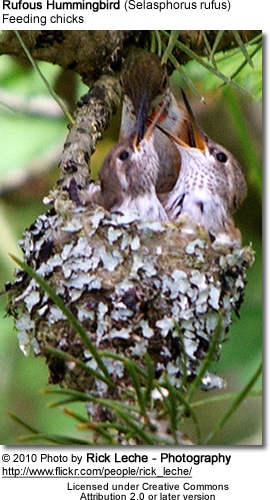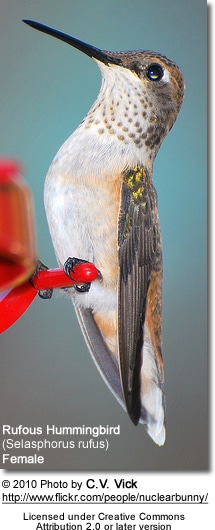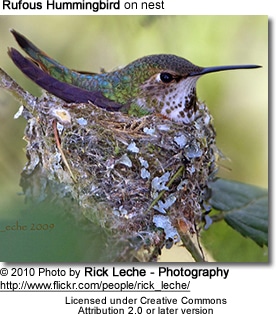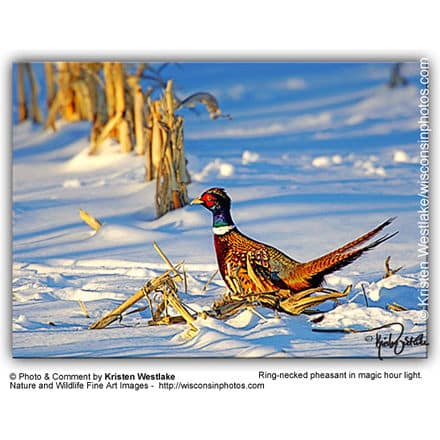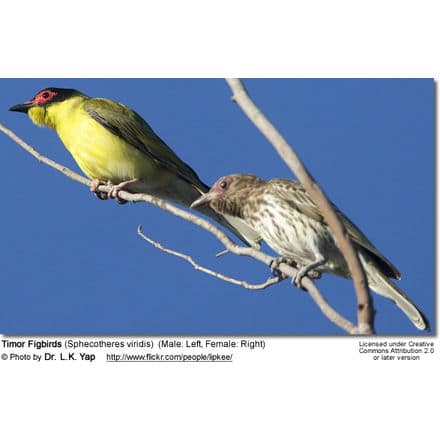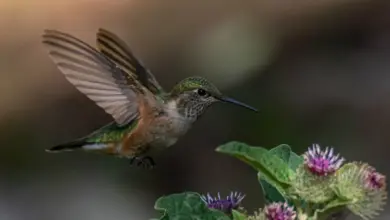Rufous Hummingbirds
The Rufous Hummingbird (Selasphorus rufus) – or Red-backed Hummingbird – is a relatively common, small, migratory hummingbird, with the longest migration route of any hummingbirds that occur in the United States – potentially traveling over 2,000 miles from Alaska to southern Mexico and back, and crossing mountain ranges as high as 12,600 feet.
They make the longest bird migration on earth, as measured in body lengths.
It is one of the most widespread hummingbirds in North America that has been observed in every state and province except Hawaii, Prince Edward Island, and Quebec. One isolated report exists even from extreme eastern Siberia.
Distribution / Habitat / Status
These birds breed in open areas, parks, and along forest edges in the northwestern United States, through western Canada, up to southern Alaska south to northern California, and east to Nevada, Colorado, Montana, and Idaho. They have also been recorded in Arkansas, Alabama, Delaware, District of Columbia / Washington, D.C, Mississippi, Missouri, Connecticut, Georgia, Idaho, Illinois and Florida.
They nest further north than any other hummingbird and can tolerate temperatures down to at least -20°C or -4° Fahrenheit.
In July and August, many migrate through the Rocky Mountains where nectar-rich flowers are blooming, and nearby lowlands to take advantage of the wildflower season there. If they find a spot they like, they may stick around for a long time, in which case they often aggressively take over and defend their feeding locations.
Most winter in wooded areas from southern California and Arizona, through the Northern Gulf Coast down to the southern region of Mexico in the state of Guerrero
There has been a trend for them to migrate east to winter in the eastern United States, for example, Florida. Some even travel as far south as the Turks and Caicos Islands – a Caribbean island group.
They typically live in forested and brushy areas and along forest edges. They winter in mountain meadows, oak-pine forests at middle to high elevations, as well as in brush and scrubland areas. They also visit gardens, particularly those with hummingbird feeders.
These birds are typically solitary; and can be quite aggressive, tirelessly chasing away other hummingbirds, even outside their territory – in places they are visiting during their migration.
Hummingbird Resources
- Hummingbird Information
- Hummingbird Amazing Facts
- Attracting Hummingbirds to Your Garden
- Hummingbird Species
- Feeding Hummingbirds
Status
Their existence is threatened by habitat conversion and fragmentation along their migratory corridors.
As of 2011, its global population is estimated to be around 6.5 million. The North American Breeding Survey suggests a possible decline of 1 to 2 percent per year in Oregon, Washington, and British Columbia.
Diet / Feeding
They have an excellent memory for location, enabling them to easily find their favorite feeding flowers from day to day and even from year to year, as they migrate between their breeding and wintering territory.
It has been observed that many of them will return to their favorite garden feeders every year. The Ruby-throated Hummingbirds and the Rufous Hummingbird are amongst the most likely hummingbirds to show up at garden feeders in the eastern United States.
These hummingbirds primarily feed on nectar taken from a variety of brightly colored, scented small flowers of trees, herbs, shrubs, and epiphytes. They favor flowers with the highest sugar content (often red-colored and tubular-shaped) and seek out, and aggressively protect, those areas containing flowers with high-energy nectar.
They use their long, extendible, straw-like tongues to retrieve the nectar while hovering with their tails cocked upward as they are licking at the nectar up to 13 times per second. Sometimes they may be seen hanging on the flower while feeding.
Many native and cultivated plants on whose flowers these birds feed heavily rely on them for pollination. The mostly tubular-shaped flowers exclude most bees and butterflies from feeding on them and, subsequently, from pollinating the plants.
Below is a list of feeding flowers they particularly seek out:
- tree morning glories (Ipomoea arborescens)
- tree ocotillos (Fouquieria macdougalii)
- limita (Anisacanthus andersonii)
- rama del toro (Justicia candicans)
- wild jícama (Ipomoea bracteata)
- palo adán (Fouquieria diguetii)
- tree ocotillo and ocotillos (Fouquieria splendens)
- chuparrosa (Justicia californica)
The Rufous Hummingbird will drink sap from holes created by sapsuckers and may also visit local hummingbird feeders.
They also take some small spiders and insects, such as wasps, flies, ants, and beetles – important sources of protein particularly needed during the breeding season to ensure the proper development of their young. Insects are often caught in flight (hawking); are snatched off leaves or branches, or are taken from spider webs.
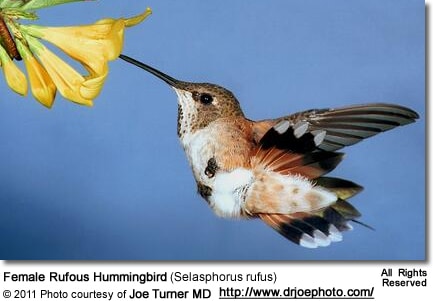
Breeding / Nesting
The Rufous Hummingbird male will mate with several females. His courtship display consists of him flying in the air and then diving towards the female but pulling up just before he reaches her. During his aerial display, the male’s wings beat at a rate of 200 beats per second and make a distinctive humming sound.
The female is responsible for building the cup-shaped nest out of plant fibers woven together and green moss on the outside for camouflage in a protected location in a shrub, bush, or tree. She lines the nest with soft plant fibers, animal hair, and feathers down, and strengthens the structure with spider webbing and other sticky material, giving it an elastic quality to allow it to stretch to double its size as the chicks grow and need more room. The nest is typically found on a low, thin horizontal branch.
The average clutch consists of two white eggs, which she incubates alone for 12-14 days, while the male is very territorial and defends his territory and the flowers he feeds on – even fighting off other males in mid-air, or chasing away larger birds and small rodents.
The female alone protects and feeds the chicks with regurgitated food (mostly insects since nectar is an insufficient source of protein for the growing chicks). As is the case with other hummingbird species, the chicks are brooded only the first week or two and are left alone even on cooler nights after about 12 days – probably due to the small nest size. The chicks leave the nest when they are about 7 – 10 days old.
Calls / Vocalizations / Sounds
These
Alternate (Global) Names
Chinese: ???? … Czech: kolib?ík rezavolesklý, Kolibrík zlatolesklý … Danish: Rød Dværgkolibri … Dutch: Rosse Kolibrie … Finnish: Kettukolibri … French: Colibri roux, Rufus … German: Rotrücken-Zimtelfe, Zimtkolibri, Zimt-Kolibri … Italian: Colibrì rossiccio … Japanese: akafutoohachidori … Norwegian: Rødkolibri … Polish: rudaczek pólnocny, rudaczek pó?nocny … Russian: ??????? ????????, ???????? ???????, ?????????? ???????, ????? ?????????? … Slovak: cmelovec škoricový, ?me?ovec škoricový, Kolibrík škoricový … Spanish: Chispita Rufa, Colibrí Rufo, Zumbador Rufo … Swedish: Rostkolibri

